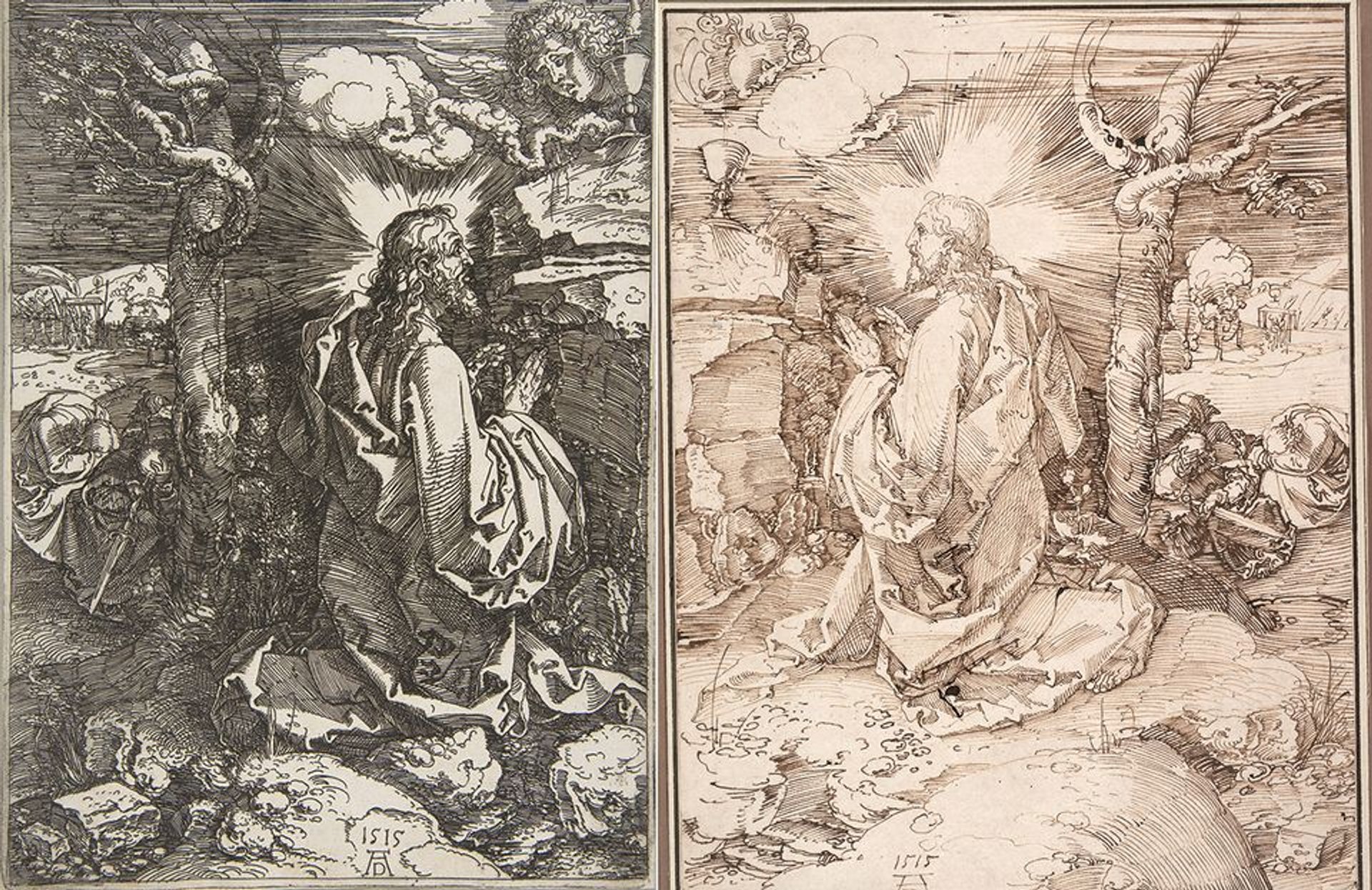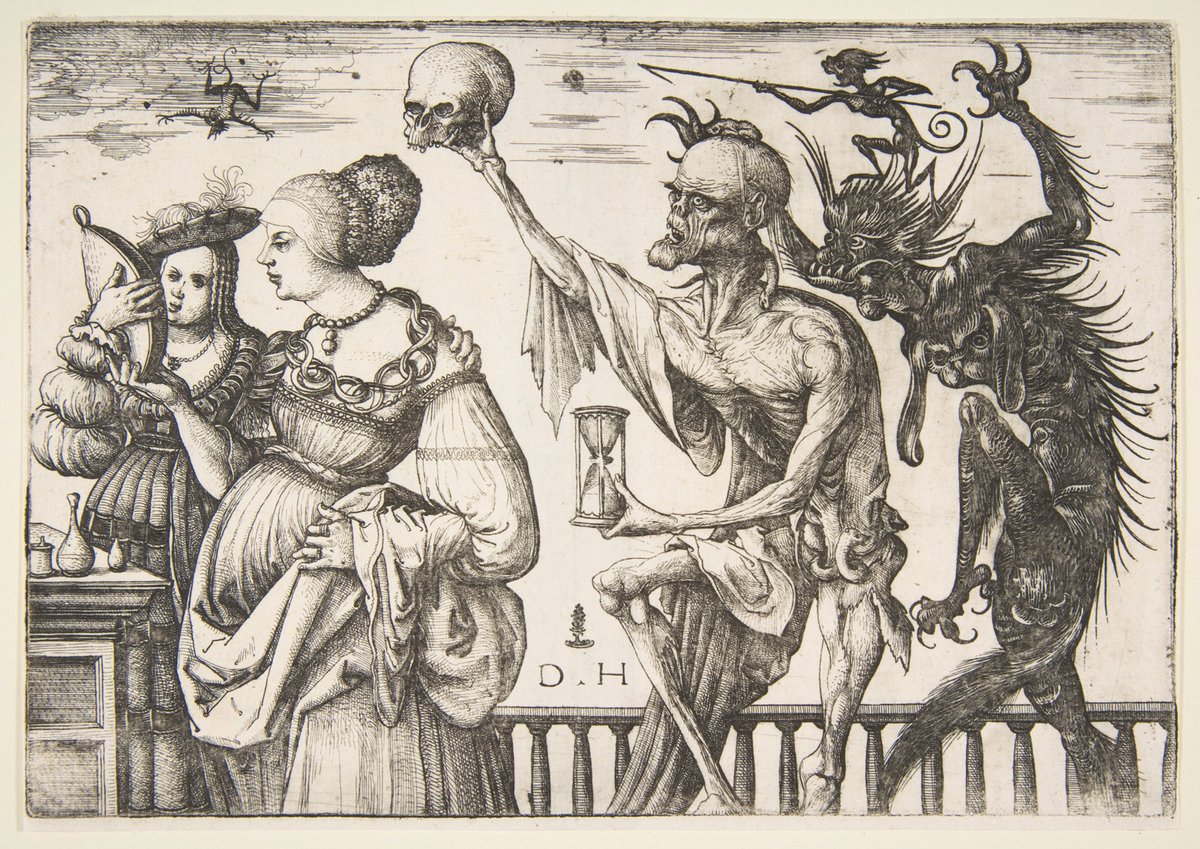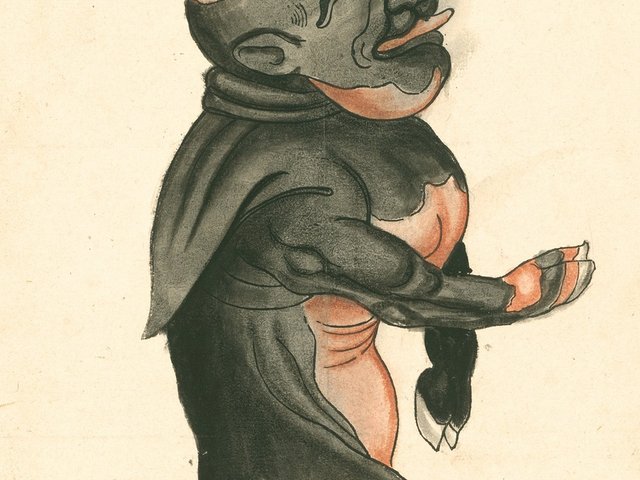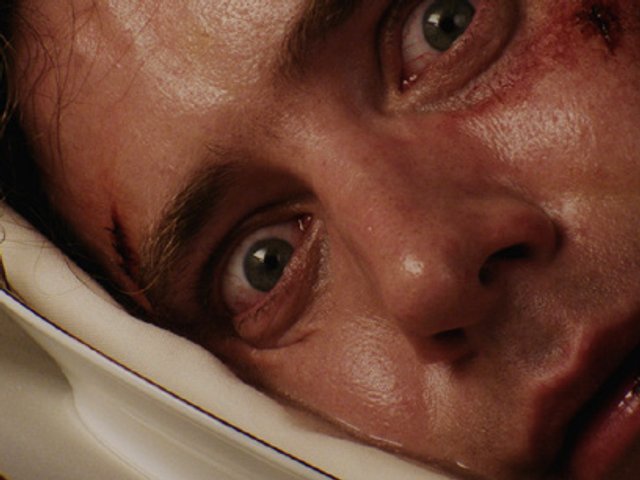Around the dawn of the 16th century, a German artist known for his talent at etching motifs on to arms and armour came up with what now seems like a logical idea: why not use the etched metal plate conversely, as a tool to create a work of art on paper?
The Renaissance of Etching, an exhibition that opens this week at the Metropolitan Museum of Art in New York, recounts that innovation by Daniel Hopfer, which led to a tumult of experimentation across Europe over the next 60 years and opened the way for a range of artists to make prints. Unlike engraving, which involved intently chiselling lines into a metal plate with a burin, etching allowed artists to simply draw freehand with a needle through a wax coating.
With a mix of prints, drawings, printing plates, illustrated books and armour, the show charts the evolution of etching in Germany, the Netherlands, Italy and France in an exhibition co-organised with the Albertina Museum in Vienna. Among those who took up the technique in the early years was the vastly influential Albrecht Dürer, who parlayed the meticulous curves, hatchings, cross-hatchings and chiaroscuro of his engravings into evocative works on iron plates, such as his Agony in the Garden (1515).

Albrecht Dürer's Agony in the Garden (1515) as an etching, left, and drawing © The Albertina Museum, Vienna (Peter Ertl and Olga Pohankova)
“Whatever he did, people were looking at,” notes Nadine M. Orenstein, the chair of drawings and prints at the Met, and one of the exhibition’s curators. Dürer had a profound effect when he travelled to the Netherlands, likely inspiring such early adopters as Jan Gossaert and Lucas van Leyden, who was among the first etchers to engrave on copper. Being a softer metal, it allowed for maximum expressiveness in the contours of his biblical scenes, portraits and genre subjects.
The show also delves into the passion of Italian practitioners for drawing, with virtuosos like Parmigianino investing drama and vitality in etchings likened to his popular works in other mediums.
Finally, the exhibition traces the rise of an army of professional etchers working to reproduce existing images in the Netherlands in the 1550s and in Italy in the 1560s. “In the end,” says Orenstein, “you have a division opening up between the people who are professional etchers and artists who etch.”
• The Renaissance of Etching, Metropolitan Museum of Art, New York, 23 October–20 January 2020




